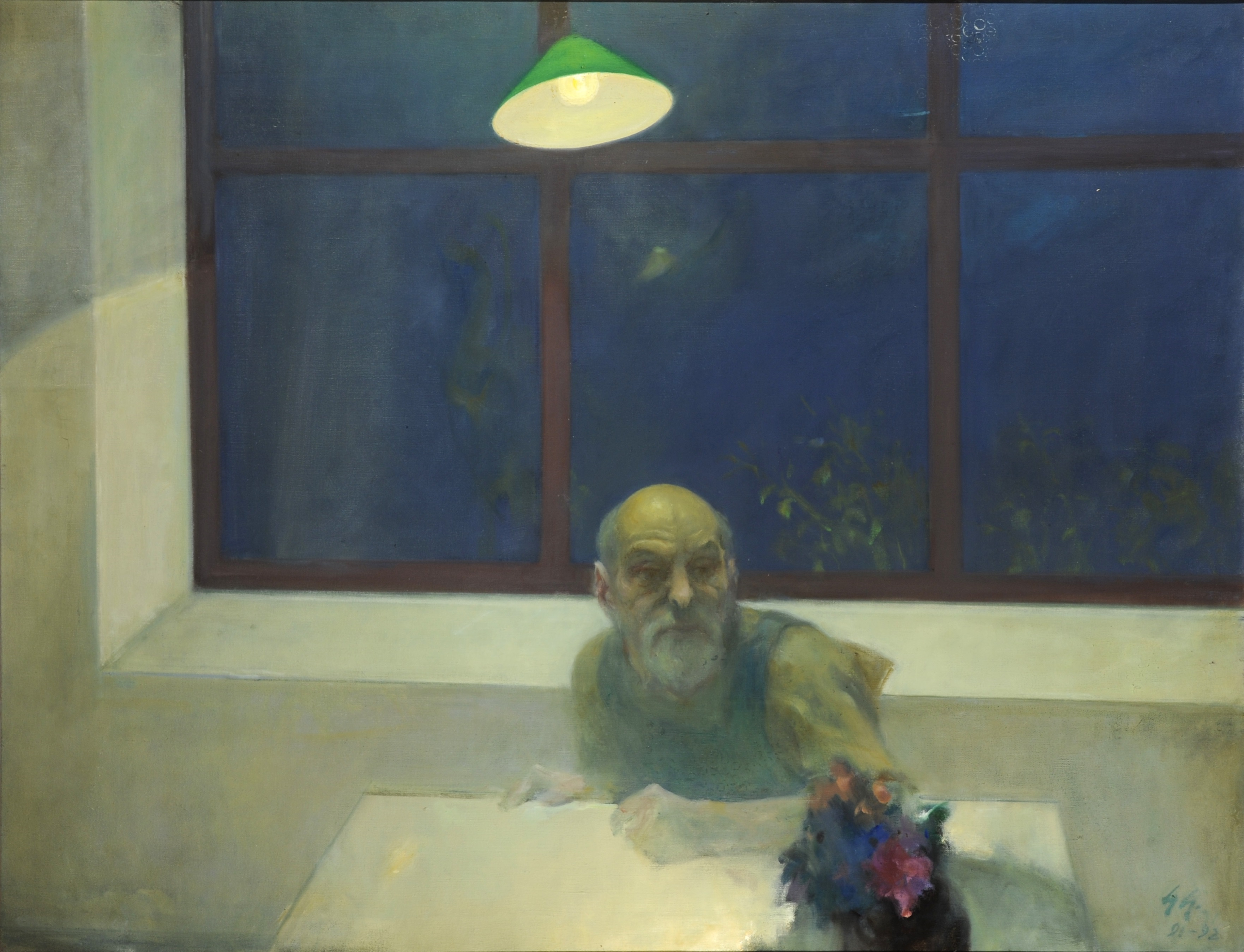The Stanley and Audrey Burton Gallery opens its doors to a retrospective of the artist György Gordon:
Sixty years after the ill-fated Hungarian Revolution of 1956, the University’s Stanley and Audrey Burton Gallery mark its anniversary by opening its doors to a new exhibition, György Gordon (1945-2005) a retrospective. The collection of paintings and drawings that span between the 1950s and 1990s recall the life and works of Hungarian-born painter György Gordon, one of many who witnessed the violence and turmoil of the Revolution, in a country that had been engulfed in both German and Russian occupation. He soon fled the tense situation, only to face another set of obstacles, including imprisonment and even separation from his daughter.
‘Murray described Gordon as someone from two distinct worlds. The first, “a sophisticated middle class background in Budapest, preceding the Second World War” and the second, “the tranquil landscapes of West Yorkshire, where he began a new life.”’
At the exhibition’s opening last week, Peter Murray, the founder and Executive Director of Yorkshire Sculpture Park and an old friend of the artist, gave a short speech on Gordon’s artistic journey. Murray described Gordon as someone from two distinct worlds. The first, “a sophisticated middle class background in Budapest, preceding the Second World War” and the second, “the tranquil landscapes of West Yorkshire, where he began a new life.” While being rather small compared to other artist retrospectives, the collection nonetheless encompasses Gordon’s move from one world to another.
The first selection of paintings in the exhibition features his powerful, violent series Torso. Human torsos are depicted twisted and flattened in harsh sketched lines. Moving round, there is a transformation in colour and style with the change being most obvious in the last few pieces. Delicate, transparent portraits and interiors fill the space, demonstrating skillful and sensitive studies of light, associated with his move to Heath in Wakefield.
‘Delicate, transparent portraits and interiors fill the space, demonstrating skillful and sensitive studies of light, associated with his move to Heath in Wakefield.’
At the end of his heart-felt speech, Murray described Gordon as “a good artist” who echoed “what art is all about”, that is, someone whose work deserves to be recognized decades after its creation. This moving retrospective allows viewers to discover an incredible, artist who turned to a life in fine art and Yorkshire to reach freedom.
Fiona Holland
(Image courtesy of György Gordon, Self Portrait with Window I, 1991-92, oil on canvas, © The Estate of the Artist)

